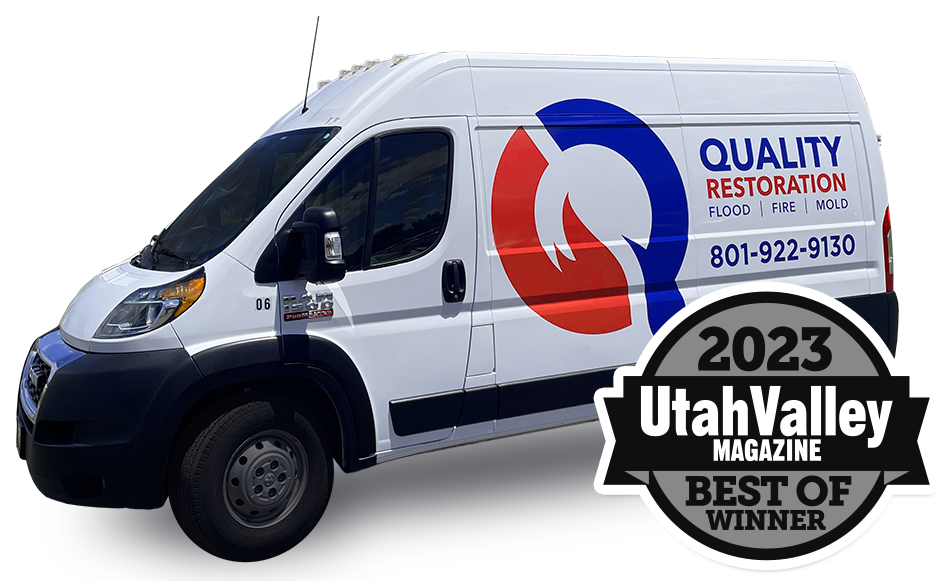Did you know that weather and climate disasters, like heavy wind storms, tornadoes, hurricanes, cost $148.4 billion each year on average? Storm damage can have heavy winds can badly damage roofs, making them need to be replaced.
Homeowners face big challenges after a bad wind storm. They need to deal with repairs and understand their insurance. Knowing how storm amage affects insurance is key.
When a storm hits, roofs aren’t the only thing at risk. Mold, damaged air conditioning, and other essential systems can also be affected. Insurance policies vary a lot, making things even more complicated.
Replacement cost value policies might help with roof costs. But, they only cover new roofs if the damage is severe enough.
Rebuilding after a amjor storm is complex. Local laws and rebuilding rules add to the challenge. Homeowners must watch out for fake contractors and keep detailed records for insurance claims.
Dealing with storm damage is tough. But, with the right help and information, homeowners can find their way back.
Assessing the Damage: First Steps to Take
After a major storm or wind, safety comes first. Over 1.2 million homes were damaged or destroyed in the U.S. between 2000 and 2020. If you need to evacuate, listen to local authorities and leave quickly.
After you’re safe, check the damage. Take lots of photos and videos. This helps with insurance claims and can increase payouts by up to 10%.
If your home is not safe, look into emergency housing. The FEMA Transitional Sheltering Assistance program offers temporary housing. The Red Cross disaster recovery also helps with immediate needs.
Repairing your home can be costly, with costs from $8,000 to $20,000. Getting professionals to assess the damage is common. Keep talking to your insurance agent to file claims and keep up with payments.
FEMA can help with financial aid beyond insurance. About 40% of homeowners need temporary shelter. Keep all receipts for repairs and temporary housing to help with claims.
Repairing and Restoring Your Home
After the claim process, homeowners can start fixing their homes. It’s important to pick licensed and insured contractors. Make sure they are okay with your insurance company. This ensures quality work and follows insurance rules.
Keep all receipts for repairs and expenses. This helps get money back from insurance. Be careful of fake contractors who take advantage of homeowners after disasters.
Homeowners insurance can help with unexpected costs like hotels. Save all receipts for these expenses. This is important for getting money back.
Working with many storm damage professionals is part of the process. Keep all talks in writing. This helps solve any problems later.
In high-risk flood areas, FEMA requires flood insurance for mortgages. Even if not required, it’s wise to have it. Flood insurance can cover costs from even a little water damage.
Update your home inventory every year. This includes new items, changes in value, and home updates. This helps with insurance claims.
Insurance may not cover spoiled food from power outages. You might need extra coverage for this. Mold after a bad wind storm can be a big problem. Insurance might cover mold removal, so call them right away.
Insurance might not cover all your property or improvements. You might need extra coverage for these. FEMA offers help with housing, including temporary housing and rental aid for up to 18 months.
FEMA also helps with financial aid for destroyed homes. Keep up with insurance and mortgage payments to avoid extra stress.
There are more federal programs for help. The FHA offers disaster relief, including a 90-day foreclosure pause. The VA and USDA Rural Housing Service also help. Red Cross provides shelter, meals, and temporary housing for free during disasters.
Knowing what your insurance doesn’t cover can help get money faster. Being prepared and knowing these resources can make fixing your home easier after a disaster.
Conclusion
Dealing with bad storm damage to a house is tough. It needs careful planning, quick action after the storm, and a smart recovery plan. Start by checking the damage well, using photos and videos for insurance claims and repairs.
Big storms like tornadoes and wind storms cause a lot of water damage. It’s important to check for structural problems, bad insulation, and dangers in electrical and plumbing systems. Roof damage is common too, so check for missing shingles, leaks, or debris.
Hidden damage and water problems can be hard to find. Using tools like moisture meters or thermal cameras helps. Keeping records of damage is key for insurance and to prevent future problems. Tips like securing windows and strengthening roofs can help a lot.
Getting your home back after a storm means dealing with insurance claims well. Knowing how to get the most from your insurance and getting help from experts can help a lot. Also, looking into federal help from FEMA can be a big help in rebuilding.
In short, dealing with storm damage is hard but doable. With the right plan, checking damage well, getting expert advice, and using financial help, you can recover. This way, you not only fix your home now but also prepare for future storms.
Contact Quality Restoration today for professional storm damage restoration services in the Salt Lake City and Provo Utah areas.




















